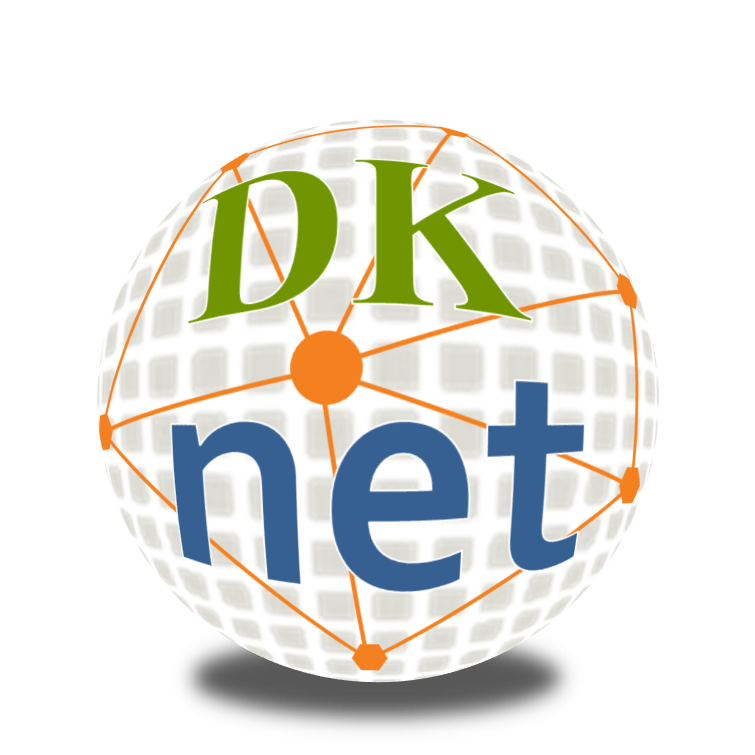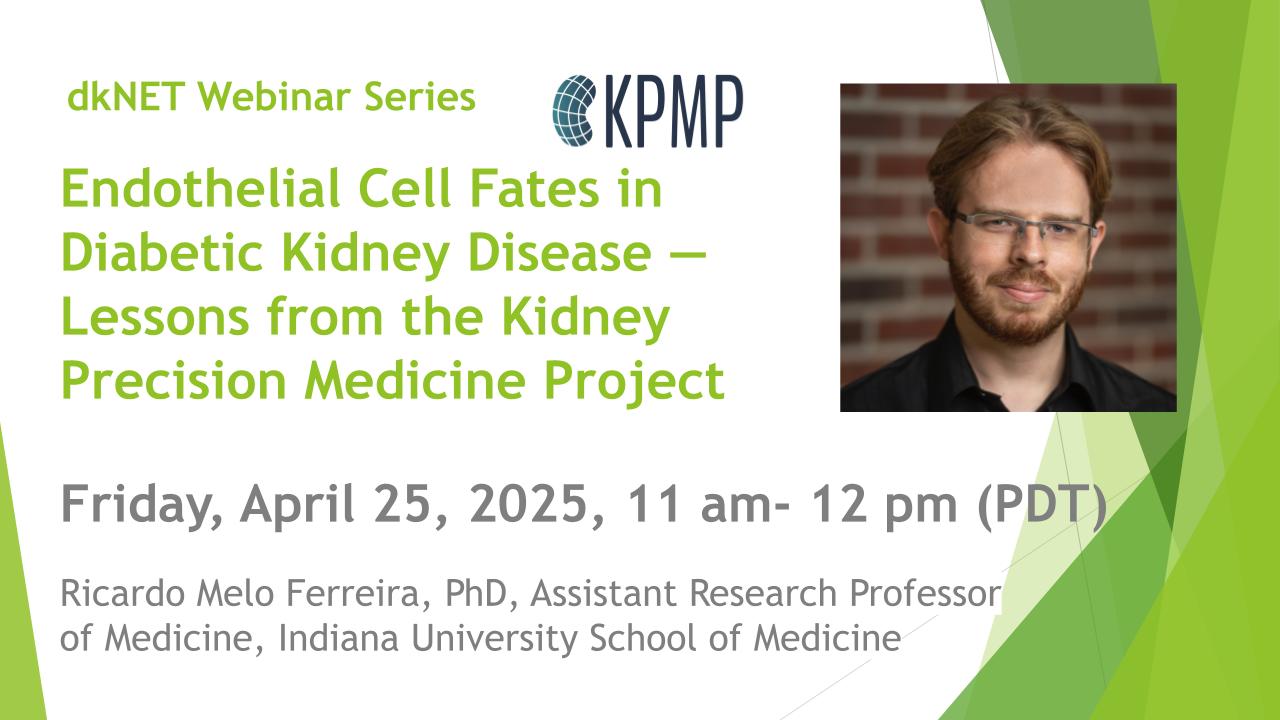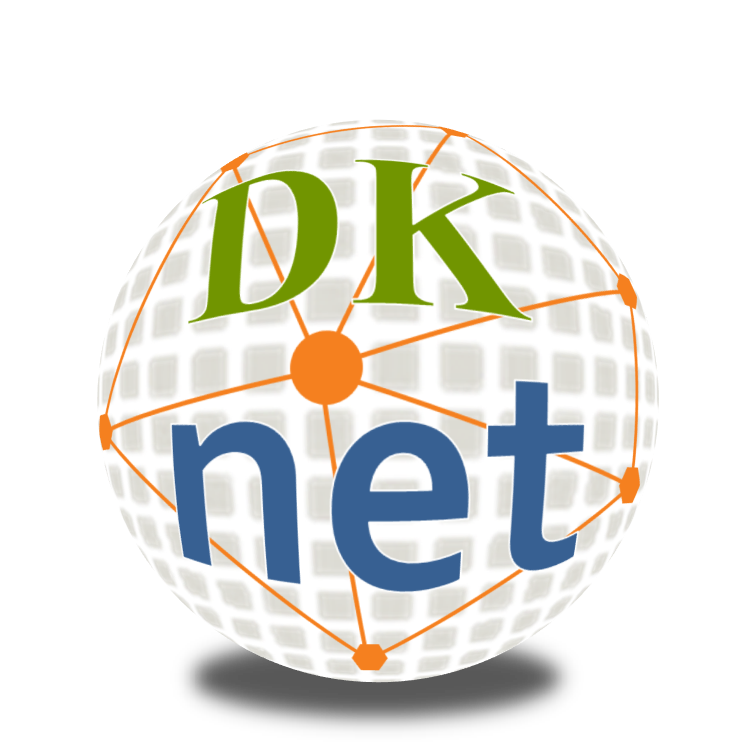Leaving Community
Are you sure you want to leave this community? Leaving the community will revoke any permissions you have been granted in this community.
dkNET Webinar: Building Knowledge Graphs Towards Transparent Biomedical AI

Join dkNET Webinar on Friday, March 14, 2025, 11 am - 12 pm PT
Presenter: Jie Liu, PhD, Associate Professor, Computational Medicine and Bioinformatics, Computer Science and Engineering, University of Michigan
Abstract
Knowledge graphs have recently emerged as a powerful data structure to organize biomedical knowledge with explicit representation of nodes and edges. The knowledge representation is in a machine-learning ready format and supports explainable AI models. In this talk, I will describe several knowledge graphs built in my lab or in a larger team, including Genomic Knowledge Base (GenomicKB, https://gkb.dcmb.med.umich.edu/), Genomic Literature Knowledge Base (GLKB, https://glkb.dcmb.med.umich.edu/), and PanKgraph, the knowledge graph within the PanKbase project (https://pankgraph.org/). I will focus on the scope of these knowledge graphs as well as how they support transparent and explainable AI, including using them in machine learning tasks, reducing hallucination of large language models (LLM), and helping experimental scientists explore their data for scientific discoveries.
The top 3 key questions that PanKgraph can answer:
1. Which genes are highly expressed in specific tissues (e.g., pancreatic islets) and have known functional roles in T1D?
- Explanation: The scRNAseq expression data allows researchers to filter genes that show high tissue specificity in T1D-relevant organs.
- Explanation: This question helps in understanding how genetic variations regulate gene expression in disease-relevant tissues, leveraging QTL and fine-mapped eQTL data.
- Explanation: By integrating pathway annotations and literature references, PanKGraph can highlight top genes studied in T1D-relevant signaling pathways, helping researchers prioritize targets for further investigation.
Dial-in Information: https://uchealth.zoom.us/meeting/register/WO9DXVa3R12eVaaKsM9Gkg
Date/Time: Friday, March 14, 2025, 11 am - 12 pm PT
Upcoming webinars schedule: https://dknet.org/about/webinar





